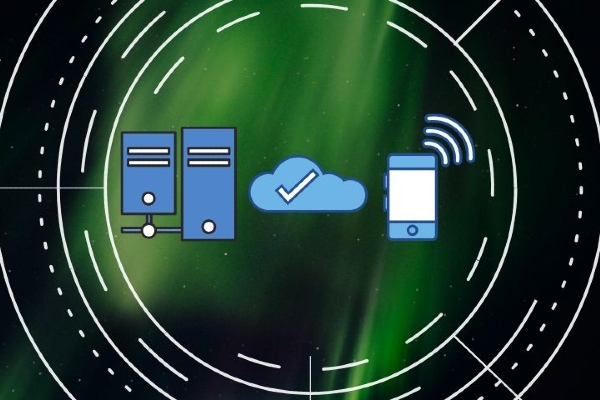The Internet of Things (IoT) is quickly shaping the industrial and consumer worlds. By 2020, IoT is predicted to generate an additional $344 billion in revenues and $177 billion in cost reduction. New IoT ideas are coming to life every day. Here’s how your industry will be impacted and how solution developers can help you in these shaping Industries.
Internet of things in the Energy sector
The Internet of Things (IoT) in the energy industry was valued at 15.04 billion USD in 2019 and is forecasted to reach 39.09 billion USD in the next five years. IoT is expected to make a significant impact on the energy sector from monitoring the temperature of a room using sensors to controlling the energy use of an entire building. IoT in the energy sector helps in energy consumption, cost-cutting, and productivity in the office and out in the field. It encourages different solutions in terms of software, hardware, services, and connectivity.
Urbanization around the world is increasing the demand for fuel, power, and other energy sources. Although the demand is increasing, smart cities and smart infrastructure in various developed countries are encouraging the energy sector to adopt IoT technology to reduce natural resource consumption.
In 2020, the concepts of digital twins, urban modeling, resilience, circularity, smart urban spaces, and electric micro-mobility and micro-transit will define the future of smart cities. These concepts will be further integrated into urban agenda and strategy, setting the stage for smart cities in the future. For example, the adoption of micro-mobility in the form of bike and scooter sharing reduces both air and traffic pollutions but requires city government to reorganize public space to accommodate this new IoT technology.
IoT in Food Services
IoT in the food service and retail industry is expected to reach more than $35 billion in 2020. IoT is the key player in the progress of digitalization of the food services industry. There is an increasing number of applications food suppliers, processors, and retailers are using to increase operational efficiency and financial growth. IoT in the food industry is helping businesses manage every aspect of the food supply chain from at-home deliveries to your favorite restaurant.
In 2020, IoT will transform food safety protocols, energy efficiency and reduce labor costs. Food service retailers and restaurant owners can use store sensors to automatically log temperatures of prep areas, fridges, freezers, and other equipment. This helps protect against food borne illness and protects inventory by ensuring food storage areas remain temperature compliant.
Smart sensors not only reduce food waste; they increase the energy and time efficiency of your business. They enable you to track energy consumption across your business and find out where you have opportunities to reduce usage. Additionally, using sensors to monitor environments can save employees time by automating processes and increasing workflow.
The Internet of Things in Healthcare
The usage of IoT devices in healthcare is predicted to grow about 29 percent in 2020. IoT in the healthcare industry is increasing access to diagnostic, treatment and preventive care while dramatically reducing the costs. Although much of this technology is still in its early stages of development, IoT technologies have already transformed physician and patient interactions.
There are two important reasons why the adoption of IoT in healthcare is predicted to grow in 2020. First, research states that Internet of Medical Things can save $300 billion to US healthcare with two-thirds of that total going to chronic disease management. IoT devices enable remote monitoring and treatment and cut the need for expensive hospital stays and physician visits.
Second, IoT sensors have the capability to greatly improve patient care which is crucial for proactive and preventative healthcare. In 2020, IoT sensors will be used more frequently to monitor patient’s health, manage data and automate processes such as submission processing and approval. Keep in mind, surgical robots and wearable devices remain the top applications of IoT in healthcare.
The Competitive Edge
A 2020 study shows two-thirds of companies across various sectors including manufacturing, healthcare, energy, IT and automotive view IoT as crucial to their digital strategy. Key findings from The Economist’s study include:
- 58% of companies are now using IoT technologies for internal use
- 45% of companies are using IoT as part of their external product and services strategy
- 57% of companies say they have seen a stronger return on IoT investment than they expected
The new decade is lowering cost barriers across all sectors allowing companies to adopt IoT technology with confidence accelerating investment, stronger returns, and a faster transition through early stages of deployment. IoT solutions are more complex as they require more computing power, storage, and connectivity.
But don’t let that scare you. There are applications such as Windows Server IoT and Azure IoT Edge that can make the transition to IoT technology more manageable. 2020 is the year to implement IoT as an effective strategy to grow your business and beyond. Are you ready?





